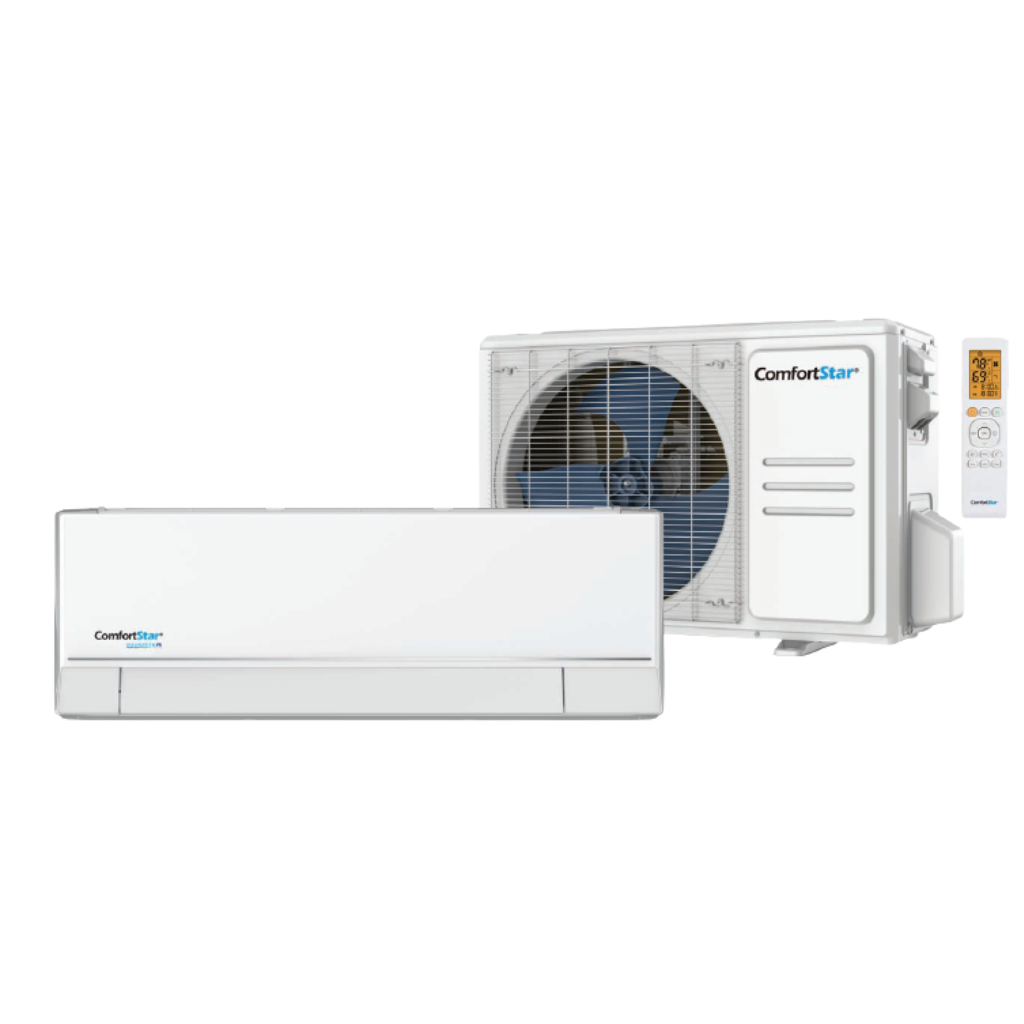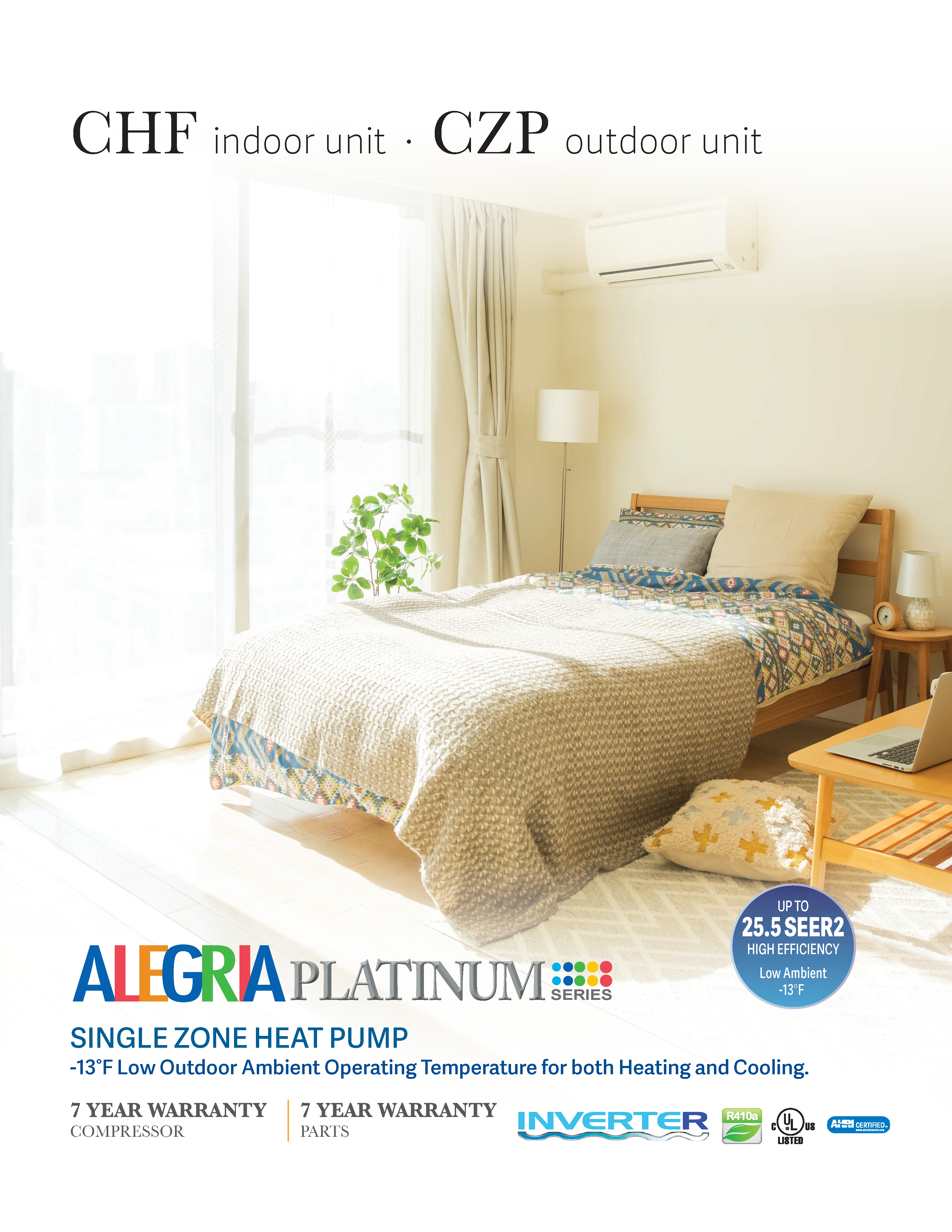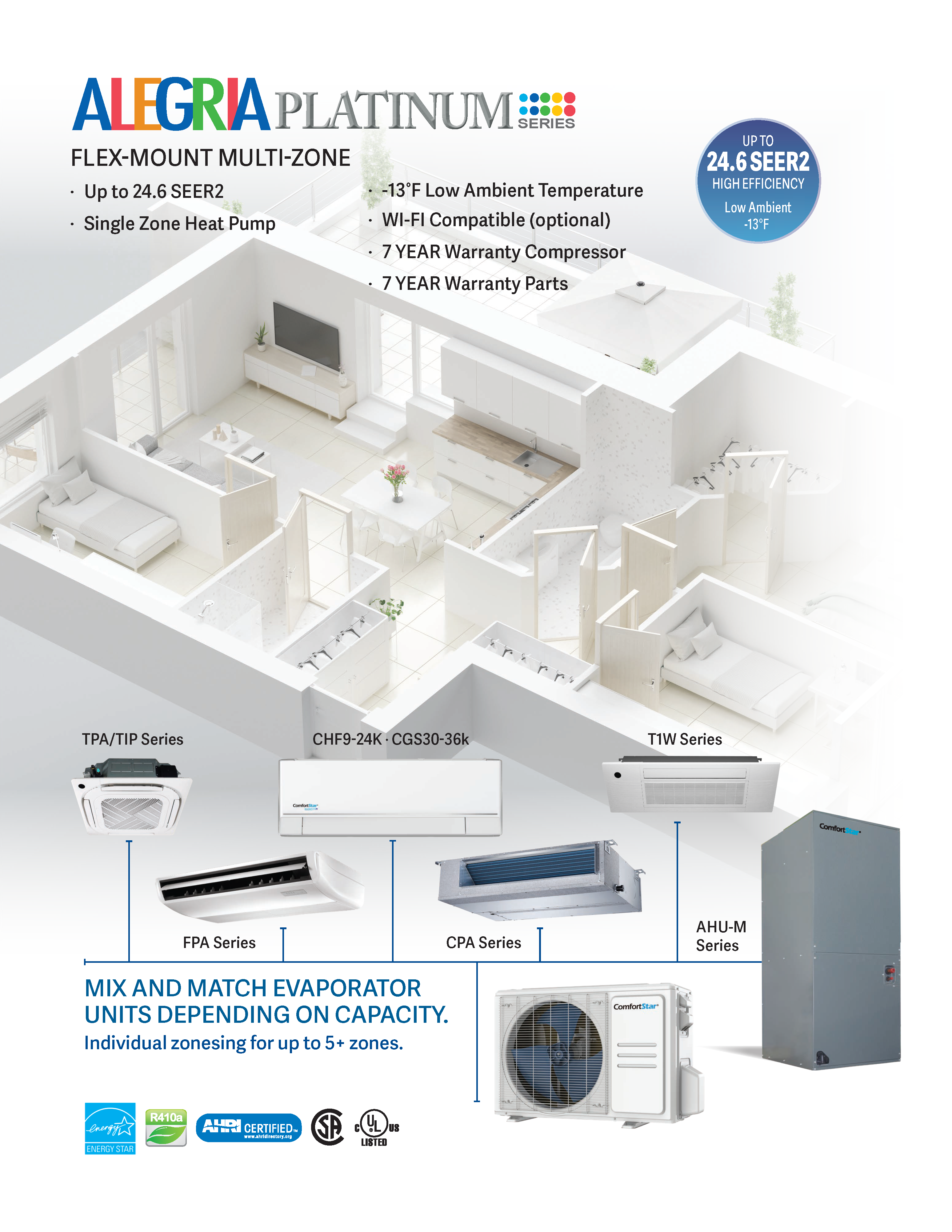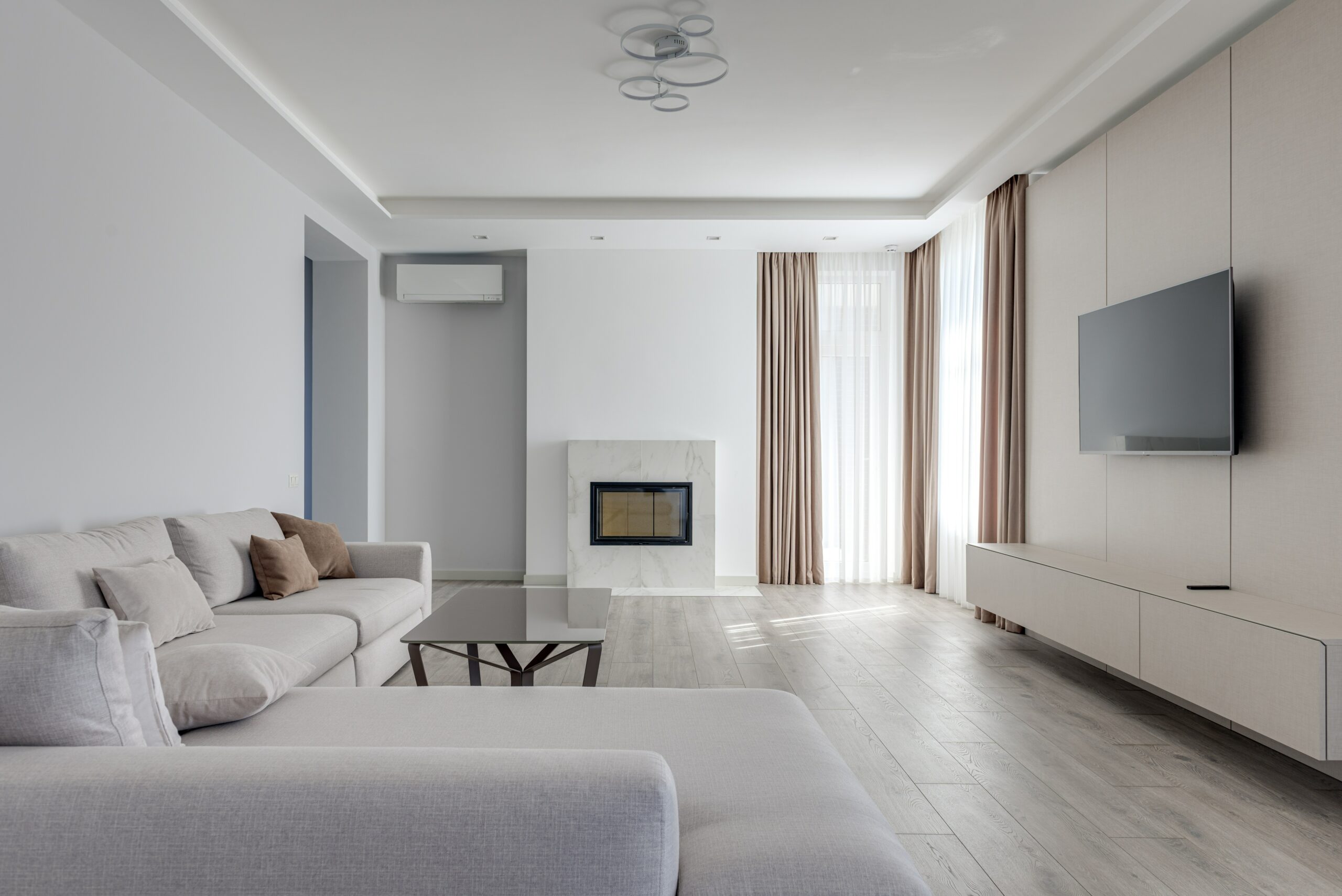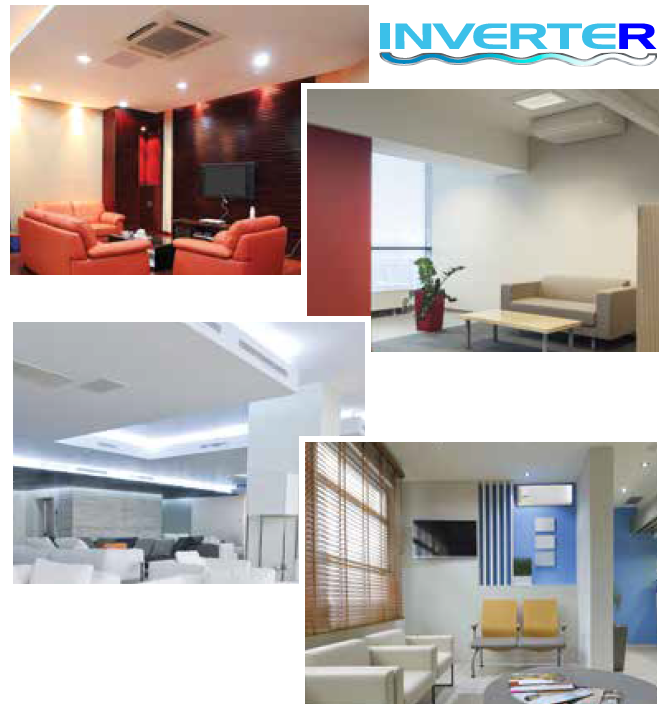EPA Proposes Ban on R-410A Systems Starting in 2025


This move is part of a larger effort to reduce the carbon footprint of the HVAC industry. While R-410A has been widely used as a refrigerant in air conditioning systems, it is a hydrofluorocarbon (HFC), which contributes to the depletion of the ozone layer and global warming. As such, the EPA has been encouraging the use of more environmentally friendly refrigerants, such as R-32 and R-290, which have a much lower GWP and are less harmful to the environment.
While the phase-out of R-410A may pose some challenges for the HVAC industry, it presents an opportunity for manufacturers to innovate and develop more sustainable solutions. It also presents an opportunity for building owners and operators to invest in more energy-efficient and eco-friendly HVAC systems, which can help reduce their carbon footprint and operating costs in the long run. Overall, the phase-out of R-410A is a positive step towards a more sustainable future. By reducing the use of harmful HFCs in air conditioning systems, we can help protect the environment and mitigate the impacts of climate change.

The reduction of HFC consumption is a significant step towards combating climate change. HFCs are potent greenhouse gases that contribute to global warming and the depletion of the ozone layer. By reducing the use of HFCs, the EPA/DOE plan aims to reduce carbon emissions and promote a healthier environment.
The plan also includes incentives for the development and use of alternative refrigerants that are less harmful to the environment. This will encourage innovation and investment in the HVAC industry, ultimately leading to more sustainable and eco-friendly solutions.
As for the SEER2 requirements, they will improve the energy efficiency of HVAC equipment, helping to reduce energy consumption and lower energy bills for homeowners and businesses. This will also have a positive impact on the environment, as less energy consumption means lower carbon emissions.
Overall, the EPA/DOE plan marks a significant milestone in the fight against climate change. By reducing HFC consumption and promoting energy efficiency, we can create a more sustainable future for ourselves and generations to come.

One way we can ensure that we continue to provide comfort for our customers is by being proactive about the changes in the HVAC industry. We understand that it can be difficult to keep up with all the changes and new regulations, which is why we are here to help. We want to make sure that our customers are aware of the new regulations regarding R410 refrigerant and how it could impact their HVAC systems. Our team of experts is available to answer any questions and provide guidance on how to prepare for this transition.
At the end of the day, our goal is to provide comfort at a great value, and that means staying up-to-date with the latest industry changes and trends. We are committed to helping our customers navigate this transition and ensuring that they continue to receive the highest level of comfort and service.
Using A2L refrigerants such as R32 and R454B as a replacement for R410A has been shown to have a significant impact on reducing greenhouse gas emissions. These refrigerants are also more energy efficient, which can help reduce energy costs for consumers. Choosing a system that uses A2L refrigerants can also have long-term benefits for the environment, as they have a lower global warming potential than other refrigerants. As we continue to prioritize environmental responsibility, ComfortStarUSA.com is committed to providing reliable, efficient HVAC systems that meet or exceed SEER2 standards and comply with environmental regulations.






